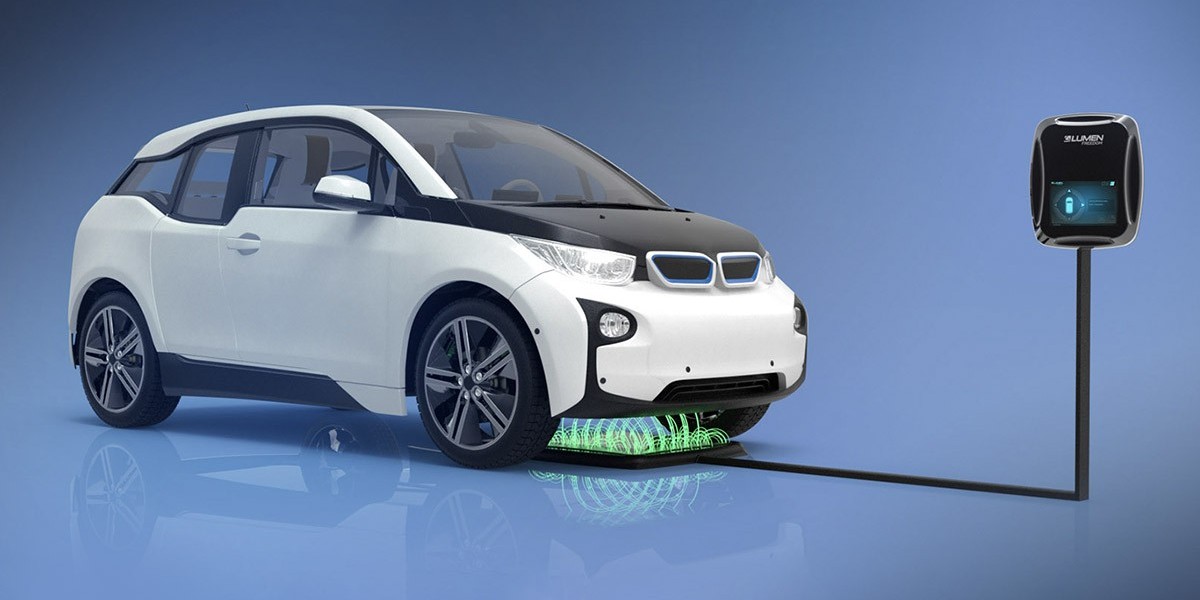Introduction to Wireless Charging Technology
Wireless electric vehicle charging, also known as inductive charging, works by transferring power between two objects using magnetic field induction without any physical connection. This technology utilizes electromagnetic fields to transmit energy from the charging station located under the parking spot to the vehicle's receiver located on the bottom of the vehicle. The charging stations are equipped with transmitters consisting of wound-coils that produce an alternating electromagnetic field. Inside the vehicle, pickup coils receive the energy and convert it back into electricity that recharges the vehicle's battery.
Advantages of Wireless Charging Over Traditional Plug-In Systems
Compared to the traditional plug-in charging methods, Wireless Electric Vehicle Charging offers several advantages that make it a more convenient option for electric vehicle owners. Firstly, wireless charging eliminates the need to physically plug the vehicle into the charging station each time. This saves time and makes the charging process effortless. Drivers no longer have to get out of the vehicle in bad weather conditions to connect the charging cable. Wireless charging also improves safety as there are no exposed cables or electrical connections that could pose electrocution risks. Moreover, it prevents wear and tear of charging ports over long-term use from repeated plugging and unplugging actions.
Alignment and Efficiency Challenges
While wireless charging removes the hassle of physical connections, achieving proper alignment between the transmitter coil in the parking spot and the receiver coil in the vehicle can be challenging. Both coils need to be precisely aligned to maximize power transfer efficiency. Misalignment, even by a few centimeters, can significantly reduce the charging rate. Early magnetic resonance wireless charging systems had efficiency rates as low as 50-70% compared to wired chargers. Advanced systems now achieve over 90% efficiency with dynamic alignment capabilities. However, achieving near perfectly aligned coils over the lifespan of electric vehicles remains an ongoing challenge for widespread adoption of wireless charging technology.
Standardization Critical for Mass Adoption
For wireless charging systems to become mainstream, universal standards and protocols need to be established. Currently, different companies have developed their own proprietary wireless charging technologies that are only compatible within their product ecosystems. The lack of interoperability inhibits large-scale deployment of chargers and restricts customers from using different brands interchangeably. Global standardization bodies like SAE International and IEEE are working to develop globally accepted standards for power levels, frequency bands, digital control interfaces and other technical specifications. Having uniform standards will encourage automakers and infrastructure developers to universally adopt wireless charging systems, driving down costs and simplifying the user experience.
Dynamic and On-Route Wireless Charging Concepts
Beyond stationary parking pad chargers, researchers are exploring dynamic and on-route wireless charging concepts that could extend electric vehicles' driving range without stops. Dynamic wireless charging involves charging the vehicle even when it is in motion by transmitting power through roadway coils connected to charging stations. As the vehicle passes over the coils, its receiver pickup integrates power without stopping. This could allow continuous charging of electric buses or commercial trucks on fixed routes. On-route charging explores ways to charge on highways and major roads by strategically placing wireless charging transmitters in highway lanes every few miles. Passing vehicles would temporarily draw power wirelessly while driving without stopping to charge. Both concepts face immense technical challenges but hold promise for truly wireless long-distance electric transportation if made viable.
Roadblocks to Commercialization
While the idea of convenient plugless wireless charging is enticing for mass adoption of electric vehicles, significant roadblocks remain before the technology achieves commercial scale. High upfront installation costs for networks of chargers, extensive testing requirements to ensure safety and reliability, and technical issues around interoperability pose barriers to widespread deployment. Government incentives and utility-scale programs can help absorb some infrastructure costs. Certification standards for electromagnetic emissions must balance performance needs with health and safety regulations. Overall, widespread commercialization may take 5-10 more years depending on how quickly these challenges are overcome through both technological advancement and coordinated policy efforts.
Wireless electric vehicle charging technology addresses key pain points of current plug-in systems but also introduces new complexities that must be solved to achieve mass usability. Standardization, improved efficiency, dynamic positioning capabilities, and large-scale programs are necessary for its viability as the primary fueling method of the future. While technical and commercialization hurdles remain, continued progress on addressing these challenges could ushering electric mobility to its next chapter of truly cordless operation within the coming decade. Standardization and coordination among automakers, utilities and policymakers will play a crucial role in determining when wireless charging becomes commonplace worldwide
Get more insights on this topic: Wireless Electric Vehicle Charging








